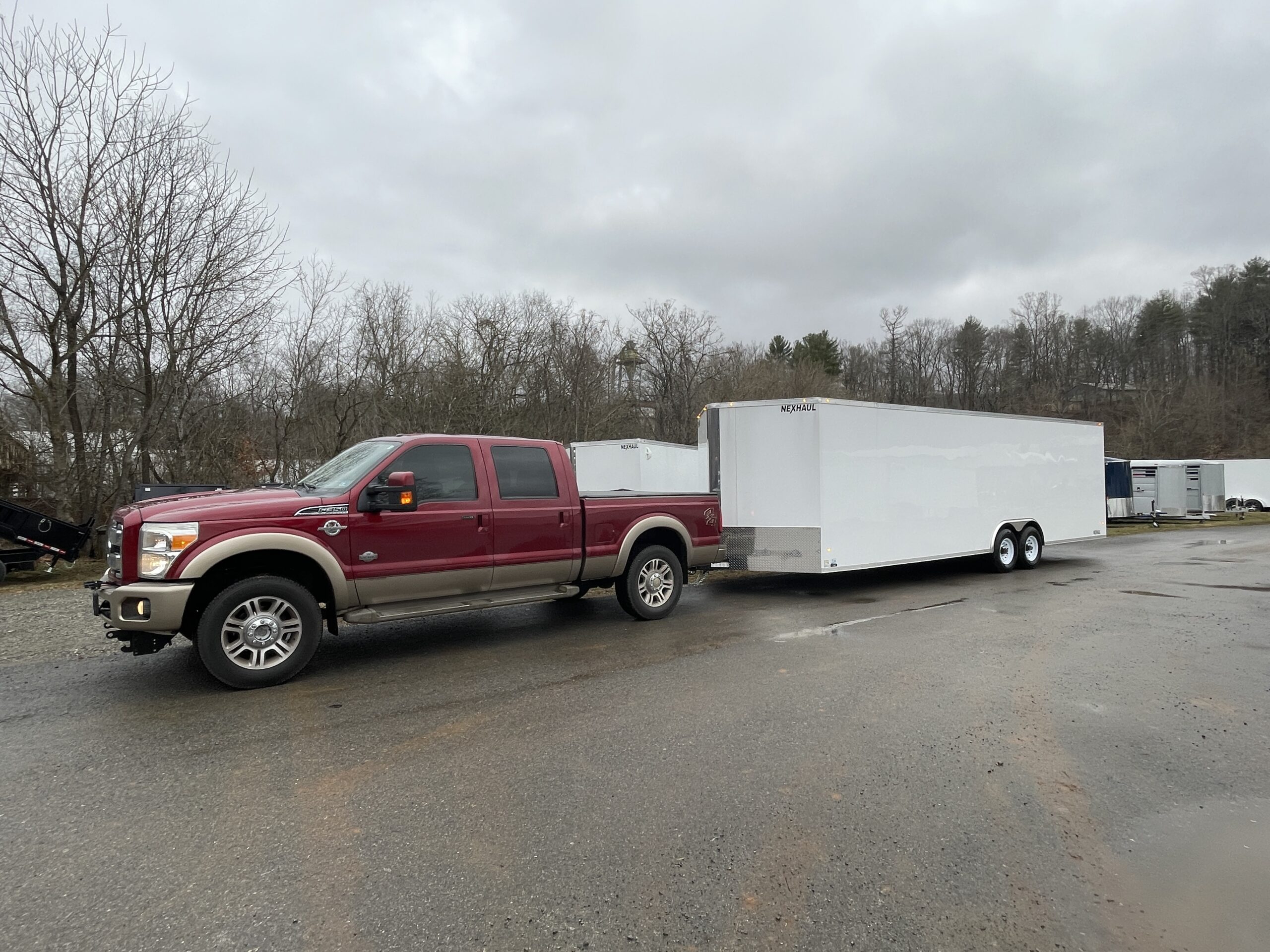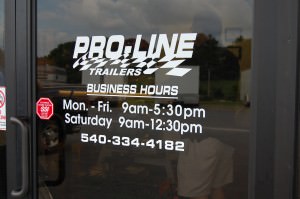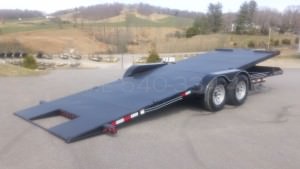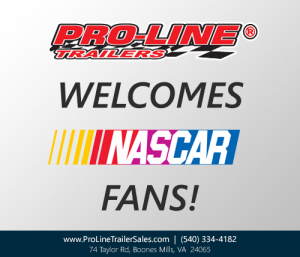Towing Trailers Like a Pro: Your Ultimate Guide
Towing a trailer, whether for work, recreation, or transport, is a skill that requires knowledge, patience, and attention to detail. By following these expert tips and best practices, you can ensure safe and efficient towing, no matter the distance or destination.
Choosing the Right Trailer
Vehicle Compatibility: The first step in safe towing is ensuring your vehicle is compatible with the trailer you intend to tow. Check your vehicle’s towing capacity in the owner’s manual and match it with the trailer’s weight.
Type of Trailer: From utility trailers to RVs, the type of trailer you choose should fit your specific hauling needs. Consider the load size, weight, and the environment you’ll be driving in.
Hitching Your Trailer Correctly
Secure Connection: A secure hitch connection is crucial. Ensure the trailer coupler is properly attached to the hitch ball, and the locking mechanism is engaged.
Safety Chains: Cross the safety chains under the hitch and connect them to the towing vehicle. This prevents the trailer from separating from the vehicle if the hitch fails.
Managing Weight Distribution
Even Loading: Proper weight distribution is essential for stability. Aim to place 60% of the cargo weight in the front half of the trailer to prevent sway.
Check the Tongue Weight: The tongue weight—the weight pressing down on the hitch—should be about 10-15% of the trailer’s total weight for optimal control.
Driving Safely with a Trailer
Increased Stopping Distance: Remember, towing a trailer increases your stopping distance. Allow for extra space between you and the vehicle ahead.
Wide Turns: Trailers require wider turns. Practice in an open area to get a feel for how much extra space you need.
Avoid Sway: If your trailer begins to sway, reduce speed gradually. Avoid sudden turns or hard braking, which can exacerbate the sway.
Pre-Trip Safety Checks and Maintenance
Tire Pressure: Ensure both the towing vehicle and trailer tires are inflated to the recommended pressure.
Lights and Signals: Check that all lights and signals are working correctly to communicate with other drivers.
Brake System: If your trailer has its own braking system, test it before heading out to ensure it’s functioning properly.
Conclusion: Safety First, Adventure Second
Towing a trailer doesn’t have to be a daunting task. With the right preparation, knowledge, and respect for safety practices, you can tow confidently and efficiently. Remember, the key to successful towing is regular maintenance, proper equipment, and a calm, focused approach to driving. Pro-line Trailers is here to support all your towing needs, from selecting the right trailer to providing tips for safe hauling. Ready to hit the road? With these tips, you’re well on your way to mastering the art of trailer towing.
FAQs:
Can I tow a trailer with any vehicle?
- Not all vehicles are suitable for towing. Check your vehicle’s towing capacity to ensure it can safely haul the trailer and load.
How often should I perform maintenance on my trailer?
- Regular maintenance, especially before long trips, is crucial. Check your trailer’s manual for specific maintenance recommendations.
What should I do if my trailer starts swaying heavily?
- Reduce your speed slowly and avoid sudden movements. Consider stopping to check if the load has shifted and to reassess your weight distribution.
Towing a trailer successfully is a blend of the right equipment, knowledge, and a commitment to safety. By following these tips, you’re not just ensuring a smoother ride; you’re also protecting yourself, your cargo, and other road users. Whether you’re embarking on a leisurely journey or tackling a tough haul, remember that safety always comes first. Happy towing, and see you on the road!





